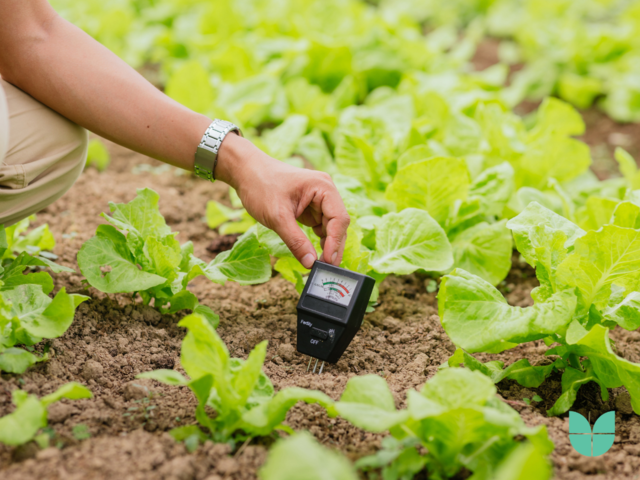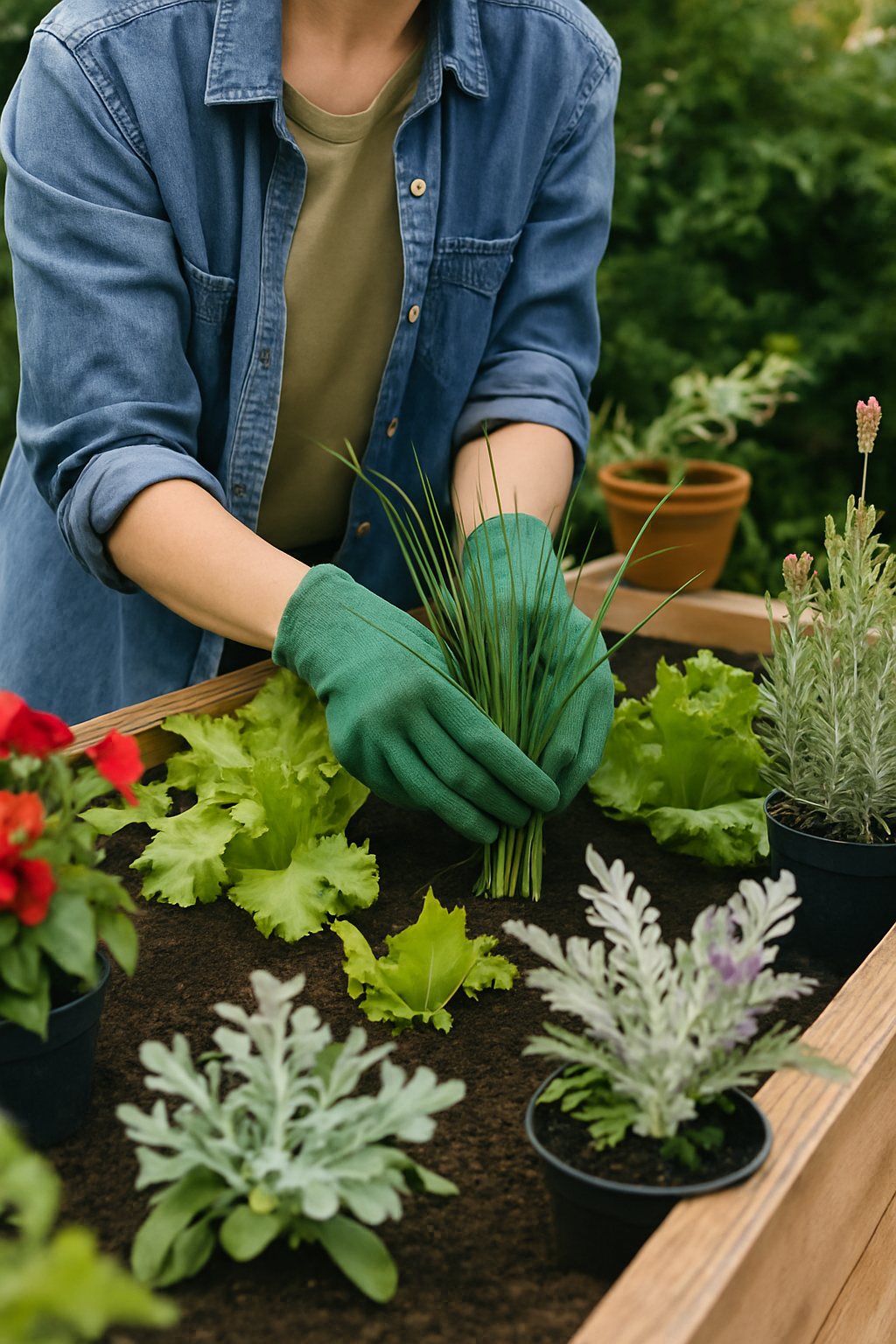Soil types can have a big impact on plant growth and health. Understanding your garden’s soil and selecting plants that are suited to its needs can be the making or breaking of a garden's plant life. We will explore common soil types, how to test and analyse your soil, how to choose the right plants for your garden and share tips for improving soil conditions to ensure a thriving, beautiful garden in this comprehensive guide.
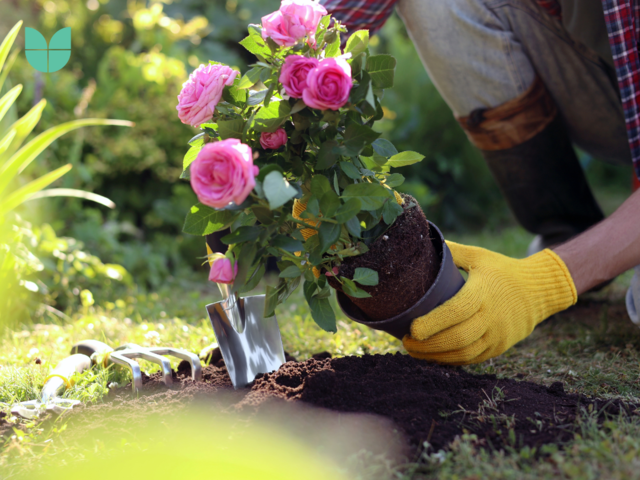
Common soil types and their characteristics
Sandy soil
Sandy soil is made up of large, coarse particles that allow for good drainage and aeration. However, it has a low water and nutrient retention capacity which means plants can dry out quickly and they will struggle to access essential nutrients.
Sandy soil is ideal for plants that prefer well-drained conditions and can withstand drought. Some examples include cacti, succulents, and certain Mediterranean plants.
Clay soil
Clay soil is made up of small, tightly packed particles that hold water and nutrients very well. However, this can result in poor drainage, which can lead to waterlogging and in some plants it can result in root rot. Clay soil also has a tendency to become compacted making it difficult for plant roots to penetrate and access oxygen.
However, clay soil can be advantageous for plants such as asters, irises, and hostas that prefer consistent moisture levels and can tolerate wet conditions.
Loamy soil
Loamy soil is thought to be the best soil type for most plants. It is composed of a well-balanced blend of sand, silt, and clay particles, allowing for good drainage, moisture retention, and nutrient availability. This soil type also has a good structure, which allows plant roots to easily penetrate and access oxygen.
Loamy soil is ideal for a wide range of plants, including vegetables, fruits, flowers, and ornamental plants.
Silty soil
Silty soil is made up of fine particles that effectively hold water and nutrients. When wet, it has a smooth, slippery texture but if it is not properly managed, it can lead to compaction and poor drainage.
Certain plants benefit from silty soil because it is well-suited to moisture-loving plants that can tolerate occasional wet conditions. Willows, dogwoods, and some ferns are examples.
Peaty soil
Peaty soil is made up of decomposed organic matter which makes it highly fertile and moisture-retentive. However, because of its dense, compact nature, it is typically acidic and can have poor aeration.
Plants that thrive in acidic, moist conditions, such as blueberries, rhododendrons, and azaleas, benefit from peaty soil.
Chalky soil
Chalky soil is typically alkaline and well-draining, but it can be prone to drying out. For some plants, this soil type may also cause deficiencies in nutrients such as iron and manganese.
Some examples of plants that benefit from chalky soil are lavender, thyme, and certain flowering shrubs like lilacs and mock oranges. It is ideal for plants that prefer alkaline conditions and can withstand drought.
Soil testing and analysis
Soil analysis provides fundamental knowledge about a soil's chemical, physical, and biological status. This data is used to manage the soil and create an effective Nutrient Management Plan in order to maximise crop production.
The importance of soil testing
Before you choose plants for your garden, you must first analyse and test your soil to determine its type, pH, and nutrient levels. This will assist you in selecting appropriate plants that are best-suited to the conditions of your garden. It will also help you to avoid potential problems caused by poor soil compatibility.
Methods for determining the type of soil
To determine your soil type, perform a simple "squeeze test" by squeezing a handful of moist soil in your hand. The way the soil behaves will reveal its composition:
Sandy soil - Crumbles quickly and feels gritty.
Clay soil - Will form a firm, sticky ball that holds its shape.
Loamy soil - Forms a ball that crumbles easily when poked.
Silty soil - Forms a soft, smooth ball that breaks apart when gently pressed.
Peaty soil - Will reveal a spongy, dark-coloured ball of soil.
Chalky soil - Crumbles easily and forms a dry, powdery ball.
For a more accurate analysis, consider using a soil test kit or sending a soil sample to a professional testing laboratory.
Understanding the pH and nutrient levels of soil
Soil pH measures the soil's acidity or alkalinity, which influences nutrient availability and plant health. The pH range of 6.0 to 7.0 is preferred by most plants, but some have more specific needs. Testing the pH of your soil will allow you to determine which plants will thrive, whether you need to amend the soil to accommodate your desired plants or indeed, if you need to reconsider your plant choices.
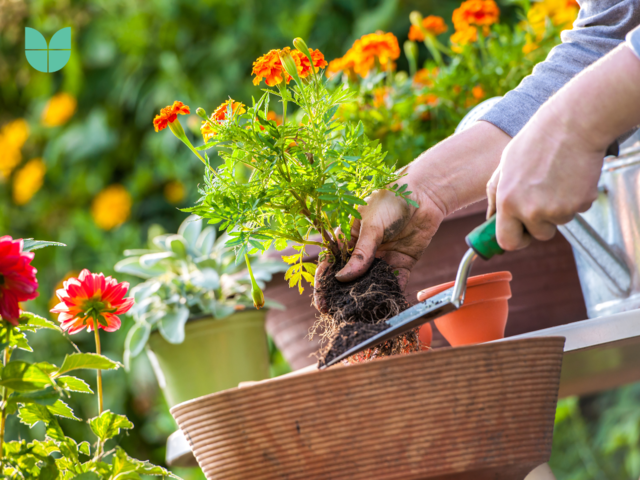
Plant choice based on soil type
Once you understand your soil type, pH, and nutrient levels you can then choose plants that will thrive in your garden conditions.
Here are some plant suggestions for each soil type:
Sandy soil - Cacti, succulents, rosemary, lavender, and yucca.
Clay soil - Asters, irises, hostas, daylilies, and hydrangeas.
Loamy soil - Most vegetables, fruits, flowers, and ornamental plants.
Silty soil - Willows, dogwoods, ferns, astilbe, and cardinal flowers.
Peaty soil - Blueberries, rhododendrons, azaleas, and sphagnum moss.
Chalky soil - Lavender, thyme, lilacs, mock oranges, and pinks.
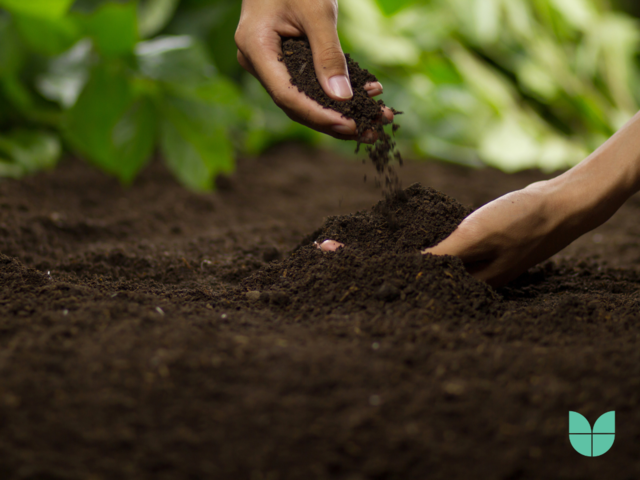
Tips for improving soil conditions
If the soil in your garden isn't ideal for your choice of plants, you can improve the conditions with soil amendments.
Sandy soil: Incorporating organic matter to sandy soil, such as compost or well-rotted manure will improve moisture and nutrient retention.
Clay soil: Improve drainage and aeration by adding organic matter and coarse sand.
Silty soil: Incorporating organic matter to silty soil to improve soil structure and prevent compaction.
Peaty soil: Use lime to raise the pH and increase nutrient availability and incorporate organic matter to improve aeration.
Chalky soil: Adding acidic organic matter to chalky soil, such as peat moss or composted pine needles, will increase nutrient availability and counteract alkalinity.
It is critical to ensure that your choice of plants can thrive in the garden’s soil type. Understanding your soil type, pH, and nutrient levels will help you to make an informed decision when selecting plants. If your choice of plants does not suit the soil you are working with, the right soil amendments can improve the structure and fertility of your soil therefore allowing it to support a wider range of plants. As you continue to learn and experiment with different plants and soil amendments, you will gain valuable knowledge and experience in creating a successful garden
Discover the world of garden design and/or horticulture with our comprehensive courses at the Garden Design Academy of Ireland!
Our expert tutors will guide you through every step of the design process. Whether you're a beginner or a seasoned garden designer looking to expand your knowledge, our courses offer tailored learning experiences to help you create stunning outdoor spaces. Enrol now and start your journey to becoming a garden design expert today!
